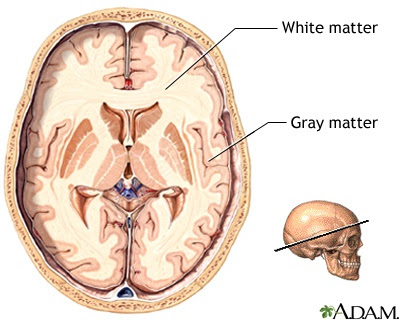What is the difference between non receptor tyrosine kinase and receptor tyrosine kinase?

After binding of the ligand, the receptor tyrosine kinase (RTK) autophosphorylates Tyrosine -> activates GRB2 -> SOS -> RAS -> downstream kinase -> transcription factors. Think anabolic / growth factors - Insulin, IGF-1, FGF, PDGF, and EGF Nonreceptor tyrosine kinase receptors dimerizes -> recruits JAK -> JAK cross-phosphorylate dimer -> activate STAT and dimerize it -> STAT translocates into nucleus and activates transcription. The hormones are mostly related to immunity. Think acidophils and cytokines . A good mnemonic is PIGG (L) ET: Prolactin, Immunomodulators (cytokine, IL-2, Il-6, IFN), GH, G-CSF, Erythropoietin and Thromobopoietin The key conceptual difference here is RTK has intrinsic TK activity and nRTK needs to recruit JAK to have kinase activity. Reference: Kayee Tong


